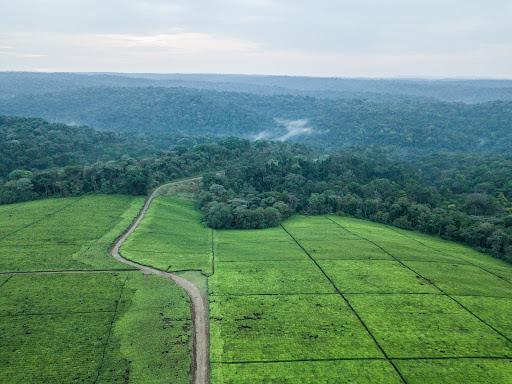Climate finance in Africa needs a radical rethink. A year on, the world of aid and development cooperation has been upended by severe cuts to the US aid budget. Add to that acute aid fatigue in Europe. Yet Africa is still nowhere near receiving the $3 trillion experts say it needs to adapt to and mitigate the effects of climate change.
Let’s be honest: There is precious little new donor money available for climate finance. Yet, the way climate finance blueprints are currently done is totally dominated by catering to the global development bureaucracy, with limited focus on how international investors see the world and their motivations for moving capital.
African countries need to rethink this paradigm of concocting complicated, over-egged strategies targeted at this bureaucracy and then, like an afterthought, inviting the private sector to sample. What they should do is ask themselves what is their “competitive climate positioning,” and leverage that positioning to attract particular types of best-fit investors.
From a “climate finance realpolitik” standpoint, Africa’s advantage is that its emissions are far below its historical fair entitlement: To meet the Paris Agreement’s 2050 net-zero target, the average person must be emitting about 2.25 tons of CO2-equivalent gases by 2035. Today, 35 African countries emit less than 0.8 tons per capita. In effect, it has a massive unused emissions quota to attract industries from the West that need more time to adjust to their home countries’ net zero targets.
In other words, Africa is strategically positioned to attract a considerable proportion of the West’s “transitional brown” industries. These are manufacturing industries in sectors such as cement, lime, and industrial chemicals that emit super-high amounts of carbon per dollar of revenue but should, by 2050, have transitioned to greener processes.
Smart African countries should be able to leverage their unused carbon quotas together with other strategic reforms to attract such companies in droves.
Tax resources generated by expanded manufacturing GDP can then go to fund the climate-transition currently stuck due to the absence of financing, thereby reducing Africa’s per capita emissions rate back to 0.8 tons by 2050 — just when it actually needs to.
Bright Simons is an honorary vice president at IMANI, an Accra-based think tank, and a visiting senior fellow at ODI Global in London.

